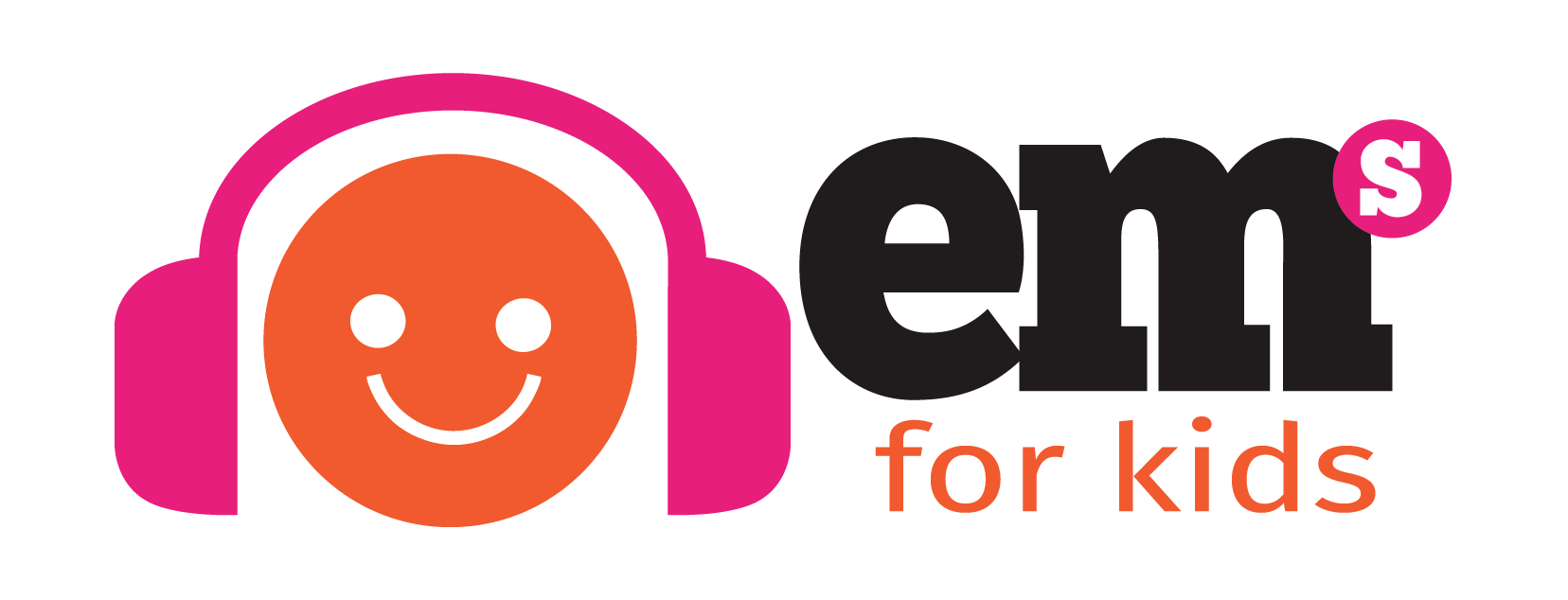How loud is TOO loud?
The loudness of sound is measured in units called decibels (dB). For example, the humming of a refrigerator is 40 decibels, normal conversation is approximately 60 decibels, and city traffic noise can be 85 decibels. Noise-Induced Hearing Loss (NIHL) can occur in environments of 85 dB or more. See the below table for a list of common noises/noisy environments and their corresponding average decibel levels & exposure times until hearing damage can occur.
NOISY ACTIVITIES & EXPOSURE TIMES UNTIL HEARING DAMAGE:
| Noise | Average decibels | Exposure time until potential hearing damage |
| Gunshot | 165db | Immediate |
| Rocket launch | 180db | Immediate |
| Power tools | 100db | 15 minutes |
| Speedboat | 110db | 2 minutes |
| Lawnmower | 90db | 2 hours |
| Personal stereo speaker on max level | 105db | 4 minutes |
| Chainsaw | 110db | 2 minutes |
| Jackhammer | 120db | 15 seconds |
| Loud Rock Concert | 120db | 2 minutes |
| Stadium Crowd Noise | 130db | 2 minutes |
| Fireworks | 150db | Immediate |
What is Noise-Induced Hearing Loss?
Ems for Kids hearing protection products are designed to protect children from Noise-Induced Hearing Loss (NIHL). NIHL is caused by exposure to loud noises that damage the tiny hairs inside the ear called the ‘cochlea’. Damage to these cochlea is permanent and irreversible and can lead to hearing impairment. NIHL can be caused by a one-time exposure to an intense “impulse” sound, such as an explosion, or by continuous exposure to sounds at, or above, 85 decibels over an extended period of time. Sources of noise that can cause NIHL include motorcycles, fire works, and small firearms, all emitting sounds from 120 to 150 decibels (dB). The louder the sound, the shorter the time period before Noise Induced Hearing Loss can occur. Sounds of less than 75 decibels, even after long exposure, are unlikely to cause hearing loss.
Who is affected by Noise-Induced Hearing Loss?
People of all ages, including children, teens, young adults, and older people, can develop hearing loss. Exposure occurs in the workplace, in recreational settings, and at home. Recreational activities that cause can put someone at risk of hearing loss include target shooting and hunting, woodworking, listening to or playing loud music, and other hobbies. Harmful noises at home can come from music, lawnmowers, leaf blowers, and other power tools.
Can Noise-Induced Hearing Loss be prevented?
NIHL is 100 percent preventable. Parents should understand the hazards of noise and help their family practice good hearing health in everyday life.
Simple ways to protect your hearing:
- Know which noises can cause damage (those at or above 85 decibels)
- Wear earplugs or other hearing protection earmuffs when involved in a loud activity
- Be alert to hazardous noise in your surrounding environment
- Protect the ears of children who are too young to protect their own
- Make family, friends, and colleagues aware of the hazards of noise
If you suspect you or your child may be experiencing hearing loss, seek a medical professional (ENT specialist or audiologist) for a hearing test and proper examination.
KIDS Earmuffs Safety Information
| Ems for Kids Earmuffs Safety Information
SNR 26dB Noise Reduction Rating 25dB |
||||||||
| Frequency | 63 | 125 | 250 | 500 | 1000 | 2000 | 4000 | 8000 |
| Mean Attenuation (dB) | 15.3 | 9 | 17.2 | 25.7 | 35.2 | 34.9 | 38 | 36 |
| Standard Deviation (dB) | 4 | 3.4 | 2.8 | 1.7 | 3.4 | 3.1 | 4.3 | 3.9 |
BABY Earmuffs Safety Information
| Ems for Kids BABY Earmuffs Safety Information
SNR 26dB Noise Reduction Rating 27dB |
|||||||||
| Frequency |
125 |
250 |
500 |
1000 |
2000 |
3150 |
4000 |
6300 |
8000 |
|
Mean Attenuation (dB) |
2 |
16 |
26 |
30 |
38 |
36 |
33 |
33 |
40 |
|
Standard Deviation (dB) |
1.6 |
3.4 |
5.7 |
7.1 |
4.2 |
4.6 |
4.5 |
11.9 |
13.5 |
